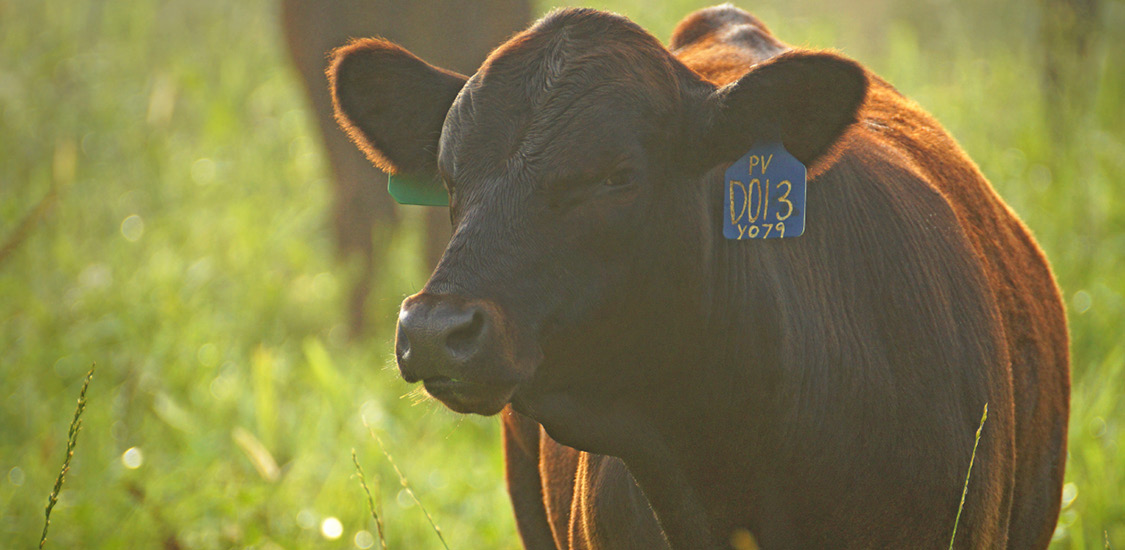Have you ever wondered how quality assurance is maintained in the beef industry? From the ranch to your table, ensuring that cattle receive adequate care and produce top-quality meat can be challenging. To meet this challenge, cow tagging standards have been developed as a way of tracking each animal’s journey from birth to slaughter.
This article will explore how these standards ensure quality and traceability throughout the entire production process.
Benefits of Implementing Cow Tagging Standards

Cow tagging standards are an important tool for ensuring quality control throughout the entire meat production process. Implementing cow tagging standards offers a range of benefits, from improved animal welfare to lower costs and greater traceability. Tagging cows with electronic identification systems allows farmers to track their movements and ensure that cattle are properly cared for during transport.
This can help reduce stress on animals, leading to better health outcomes as well as reducing the risk of disease or injury while in transit. In addition, it gives farmers more control over where their animals end up, allowing them to monitor what happens after they leave the ranch and ensuring that all industry regulations are followed at each stage of production.
Furthermore, implementing cow tagging standards helps reduce costs by streamlining operations across different farms and ranches, eliminating manual paperwork associated with record keeping and tracking animals’ movement from farm to table. Automated systems also allow producers to quickly access data about animal age groupings or breed types which can be used for sorting out batches of cattle when it comes time for sale or delivery purposes.
Challenges in Developing and Enforcing Cow Tagging Standards
Developing and enforcing cow tagging standards is no easy task. It requires extensive coordination between ranchers, veterinarians, supply chain companies, food safety organizations, and government agencies to ensure a safe and reliable product for consumers.
Unfortunately, the process of developing these standards has proven to be a challenge due to competing interests and vast differences in opinion on how best to tag cows. The most significant challenge is achieving agreement between all stakeholders on what should constitute an acceptable standard for cow tagging.
Without consensus among these groups, there can be no uniformity which would make it difficult for any enforcement measures or regulations to take effect or have meaningful impact. The development of such standards also requires careful consideration of data accuracy and privacy concerns to protect both the consumer as well as the rancher’s livelihoods from potential misuse or abuse of personal information.
Another major issue with establishing cow tagging standards is the costs associated with implementing them across all stakeholders involved throughout the entire supply chain system from ranching operations through final retail sales points.
These costs may include having updated databases that track each animal’s movements within its lifetime as well as additional security measures required by some countries or jurisdictions that must be taken into account when determining pricing structures for various products derived from cattle production systems like milk or meat products sold at supermarkets or other retail outlets.

Examples of Successful Implementation of Cow Tagging Standards
One example of successful implementation of cow tagging standards is the use of electronic identification (EID) tags. This system utilizes radio-frequency identification (RFID) technology to assign a unique ID to each cow, allowing for traceability from farm to table.
By tracking cows throughout their entire lifecycle, ranchers can improve herd management by providing more accurate records on birth dates, breed composition, and mortality rates among other things.
Furthermore, this system allows for improved efficiency in production processes as well as reduced labor costs associated with traditional paper record-keeping systems while also improving traceability from farm gates up to consumer plates.
In addition, GPS-enabled RFID tags have been used successfully in Europe which allow farmers not only to monitor individual animals but also track herd movement patterns across different regions so governments or industry organizations can better understand disease risks and take appropriate action if needed.
Conclusion

Cow tagging standards have become increasingly important for farmers and ranchers who are focused on quality assurance. Custom cattle ear tags provide a way to track individual animals from the ranch to the table, ensuring that only high-quality beef is being served. This helps consumers know that they are getting safe, wholesome products that meet their expectations of excellence.
By using custom ear tags, ranchers can be sure that all of their animals have been raised responsibly and with strict standards in place.